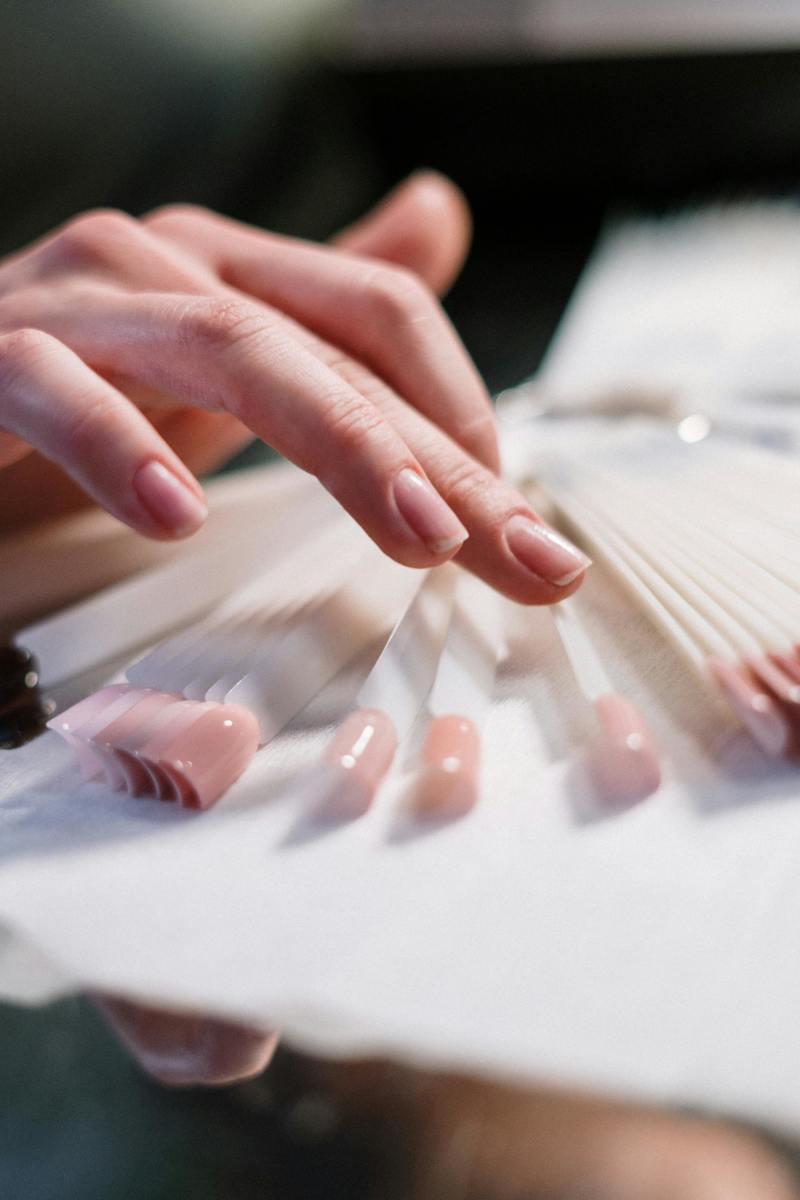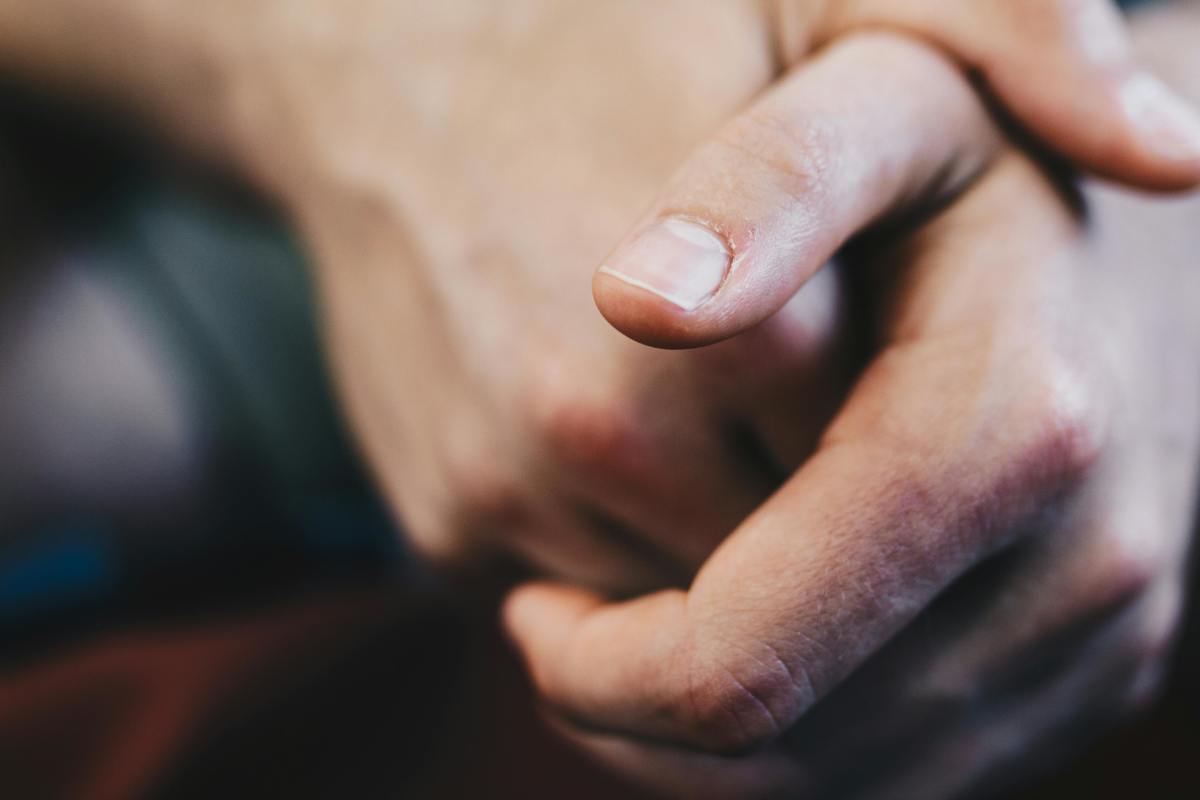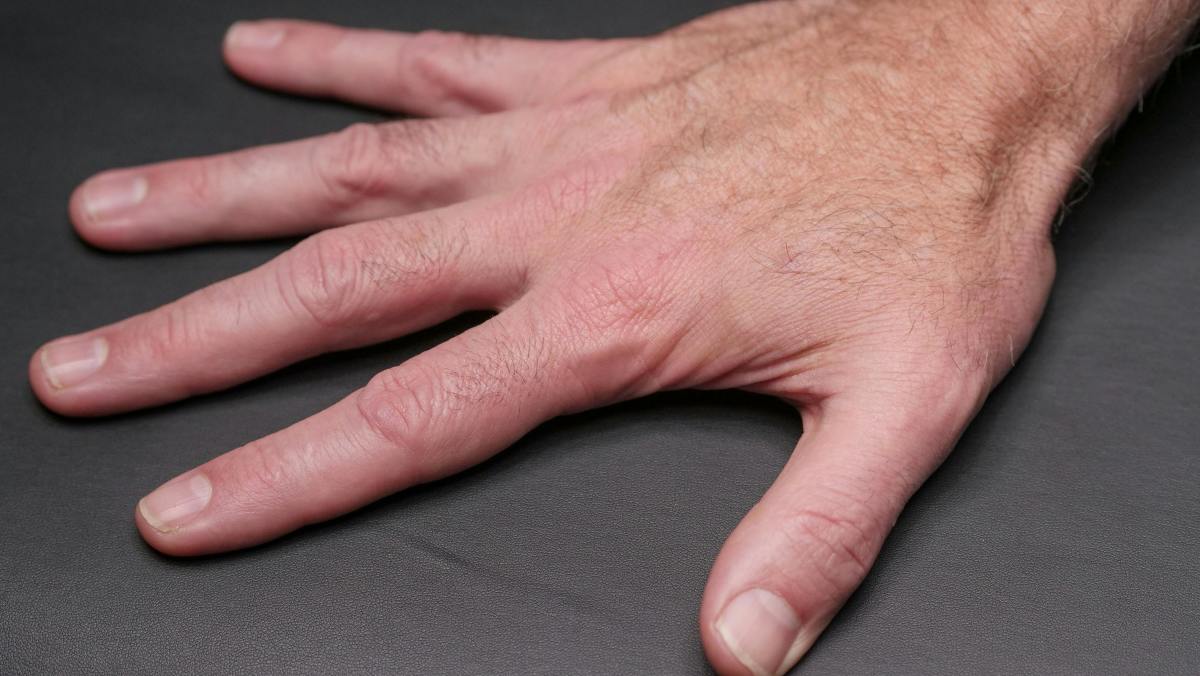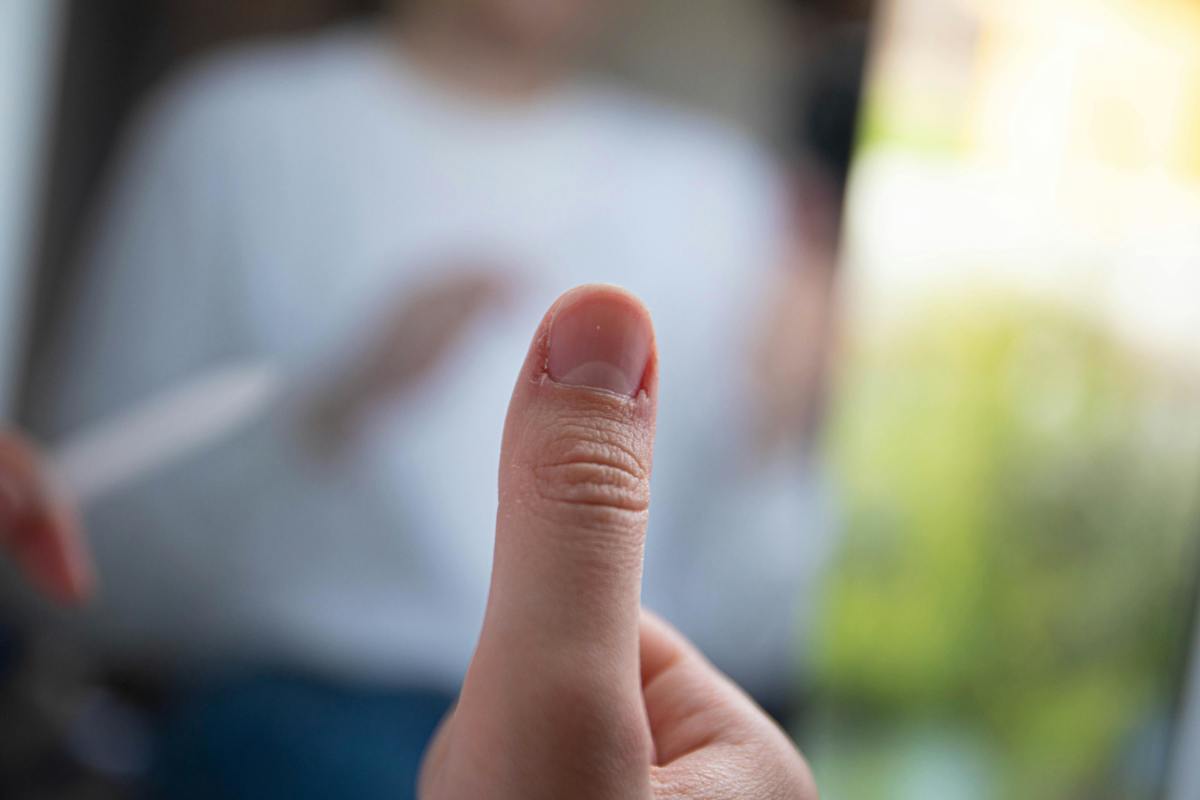A leading skin expert has recently revealed the surprising meanings behind those ridges on your fingernails—and when you should consider consulting a doctor. Dr. Ross Perry, a specialist at Cosmedics, explains that these nail ridges could be clues to underlying health issues, from simple dehydration and nutritional gaps to more serious skin conditions. Don’t ignore what your nails might be trying to tell you!

Dr. Perry explains that ridges on your nails can sometimes be a sign of vitamin or mineral deficiencies. “A lack of Vitamin A, protein, or calcium in your diet may cause ridges to form,” he says. “In more severe cases, iron deficiency can lead to noticeable changes, including the appearance of ridges.”
That said, not all nail ridges are a red flag. Dr. Perry points out that most nail changes aren’t linked to serious health problems. Everyday habits like nail picking can also create these imperfections. The NHS supports this, noting that common nail issues—such as brittleness, discoloration, or changes in shape—usually don’t indicate major medical concerns.

However, there is one important exception. Dr. Perry warns that “severe, deep ridges” on your nails—while uncommon—could signal a more serious health issue, such as kidney disease, and should prompt a timely visit to your doctor. Additionally, conditions like diabetes can also cause noticeable changes in your nails, making it crucial to stay alert to these warning signs.

While nail changes aren’t always a cause for alarm, experts recommend seeing a doctor if you notice any significant or sudden changes. If your nail becomes misshapen, discolored, or falls off without an obvious reason, it’s best to get it checked out. Also, if the skin around your nails turns sore, red, swollen, or warm—a condition called paronychia—it could indicate an infection or an ingrown nail that needs medical attention.
The NHS also suggests consulting a podiatrist if your nails become too thick to cut or hard to reach, as untreated issues like these can lead to further complications.

If you notice any unusual changes in your nails or have concerns about your nail health, don’t hesitate to visit your GP for expert advice. For more information and helpful tips, the NHS website is a great resource. Taking care of your nails can be easier than you think—but staying attentive to these signs is key to maintaining your overall health.